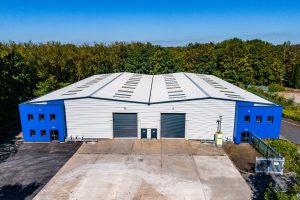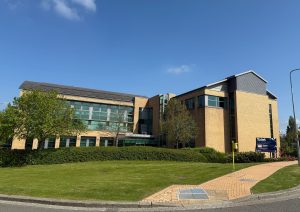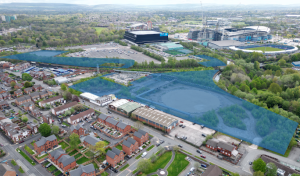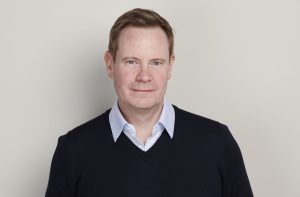City deal cash to fund Metrolink extension

AN EXTENSION of the Metrolink station to Trafford Park and funding of the SEMMS relief road from South East Manchester to the M6 are two key transport priorities likely to gain funding through the city deal.
Speaking at the inaugural Manchester event held by Leeds-based Built Environment Networking, Manchester City Council chief executive Sir Howard Bernstein said that the “earn back” model agreed with government under the City Deal, allowed it to reinvest increased tax revenues captured by infrastructure improvements.
However, in order for the city-region to gain the maximum possible amount for a future, recyclable transport investment fund for the city-region, Sir Howard added that there was “absolute requirement only to make investments in interventions that drive growth”.
“We see early priorities as the Metrolink extension to Trafford Park and the the completion of the funding for SEMMS,” said Sir Howard.
He argued that funding decisions on future transport projects had to be 
“This is a major departure from the way we’ve seen public sector resources being deployed before,” he added.
“We are very clear about our priorities for transport. We’ve had to be because we’ve invested in them.”
Manchester Airport Group’s planning director, John Twigg, said that the airport was “the economic engine for the whole of the region”, but one whose catchment area of 20m people across the North was only made possible through the transport network.
The airport already serves as many connections as Heathrow, has 19,000 staff and 300 companies on site, and is responsible for generating around £1bn of GVA annually.
Twigg said the £690m Airport City scheme could help to increase this figure to £1.5bn once it is developed out, and that the Metrolink extension due to run through the site when it opens in 2016 “gives access to jobs and employment to the people of south Manchester”.
Twigg said Airport City was designed “not to shuffle things around in Greater Manchester but to capitalise on the connectivity the airport gives for businesses who need to move people or who need to move goods.
“It’s designed for internationally mobile investment – people who would otherwise be lost to Manchester or the UK.”
Duncan Law, Network Rail’s senior programme development manager for the Northern Hub project also urged businesses at the event to lobby for the remainder of the cash required for the scheme.
To date, the Government has pledged £85m for the Ordsall Chord project linking Manchester’s Victoria and Piccadilly stations, and £130m in the recent budget for improving capacity on lines to Sheffield and the East Midlands, and for electrifying part of the network running to Blackpool.
“While we welcome the announcements and recognise it’s a strong vote of confidence from the Government, it’s not the full funding,” said Mr Law.
He argued that money was still needed to increase capacity at Rochdale and Manchester Airport, as well as for extra platforms at Manchester Piccadilly.
If fully-funded, he said the Northern Hub could create the capacity to run an extra 700 trains a day and generate a return of £4 of economic benefit for every £1 invested. Journey times would also be cut by 10mins between Manchester and Liverpool and 10-15mins between Manchester and Leeds.
More fast trains could also be run along each route.
“We need full funding in order to increase the capacity we are telling everyone we can deliver,” he said.
Also on the panel were Simon Bedford of Drivers Jonas Deloitte and Urban Splash chairman Tom Bloxham, who said that Manchester was “no stranger to transport innovation”.

“That was real transport innovation, and my appeal is that we use the same sort of innovation and vision as our Victorian forefathers did.
“A good transport infrastructure makes a city a more successful city, and a better place to live and work.”








